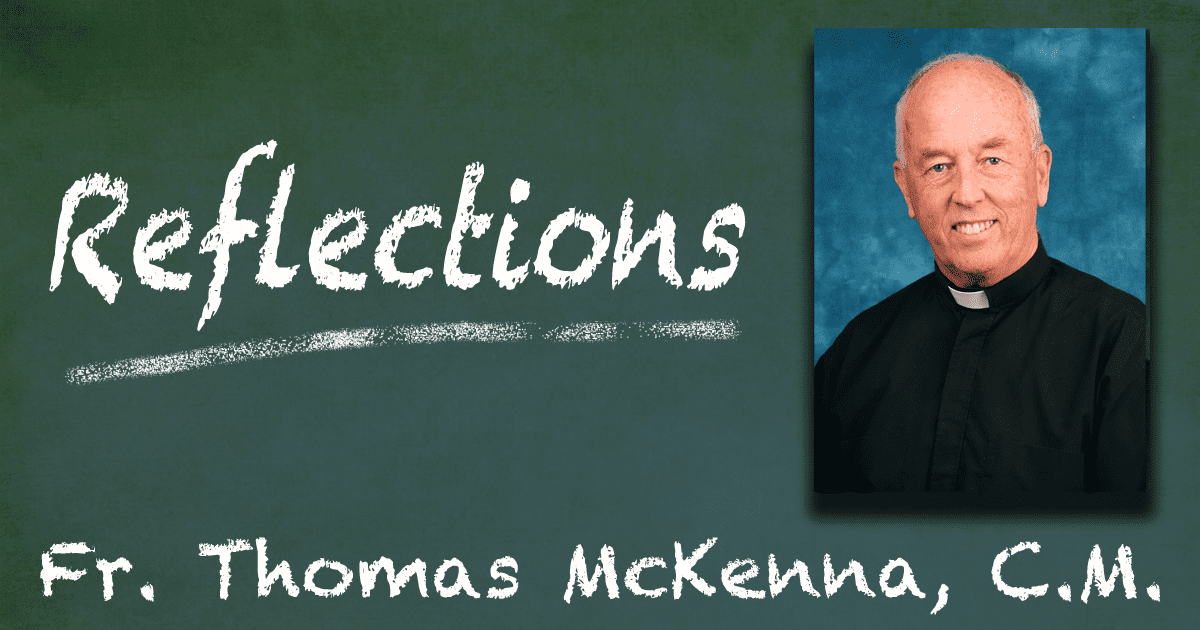Recently I read about a woman who attended a tribal ritual at a Native American gathering in the southwestern part of the country. It was a “back to the womb” ceremony, a worship service in a room of total darkness simulating enclosure inside the womb of Mother Earth. As they shut the doors and lowered the shades, she felt some anxiety. They then taped up all the edges around the doors and windows to block out any trickle of light leaking in from the blazing desert sun outside. She felt the darkness wrap around her threateningly like a giant blanket. But as her eyes slowly adjusted, she noticed tiny sparkles peeking through hidden cracks in the walls. Those little pieces of light, penetrating what had been total darkness, calmed her and let her feel secure. For her the experience in that gloomy chamber was a visual of the power light possesses to push back the dark.
This interplay between light and darkness figures prominently in people’s accounts of their relationship with God and God’s healing work in the world. Isaiah for one uses light imagery to point out the difference between shallow and deep religious practices. Real fasting, he teaches, is not only refraining from eating but sharing one’s food with the hungry. When someone actively takes up such a project, he insists, light is “breaking forth like the dawn and scattering the gloom.”(Is 58:8) Jesus too uses the light metaphor. For him, just as a lamp trapped under a bushel basket is a waste, belief without action clouds the radiance of that belief. A faith that spills over into good deeds, on the other hand, is different. Like a beacon shining down a dark corridor, charitable efforts light up the whole aisle and let the glory of God shine out. Illuminating God’s presence, they beat back the dark.
Isn’t that what belief does when lived in its widest and deepest sense? Practiced in its full integrity it shifts attention from my prosperity alone over to things like advocating for proper health care for the greatest number, providing more opportunities for education, ensuring safety in the workplace, and, in general, welcoming in the stranger.
Returning to the light imagery of Isaiah and Jesus, we’re enjoined not to deepen the dark by inaction but rather to let the light of our active compassion push back the gloom. We would take the lid off thin words of belief and release that thicker light which radiates from deeds of belief. Vincent chimes in here with an apt maxim, “Where human prudence fails, the Light of divine wisdom begins to shine.” (Vol 12, p 399).
Thinking back to those little pieces of light comforting that woman, imagine the comfort given with even little pieces of practical charity. We’re asked to envision ways we might let our light shine out and push back the shadows, big and small, that darken the world’s landscape. Faith without practical follow-through smothers itself under that bushel basket. Faith that blossoms in good works is faith that “breaks forth like the dawn and scatters all the gloom.”








Thank you Fr Tom. This piece really impressed me. With much food for thought, I’ll allow “sparkles of light” to infiltrate the Lenten gloom.
Thanks, Dee. Keep up all your good work…
Thanks Fr. McKenna for this important reflection about how deeds brighten the world. Lent needs to open us to God’s plans of a renewed world, especially, for those who are suffering want and abandonment.